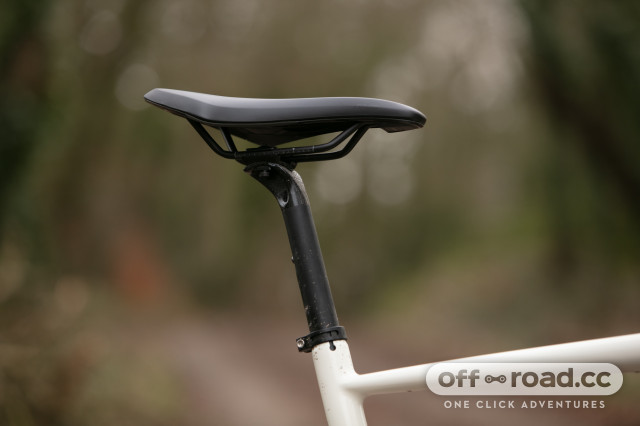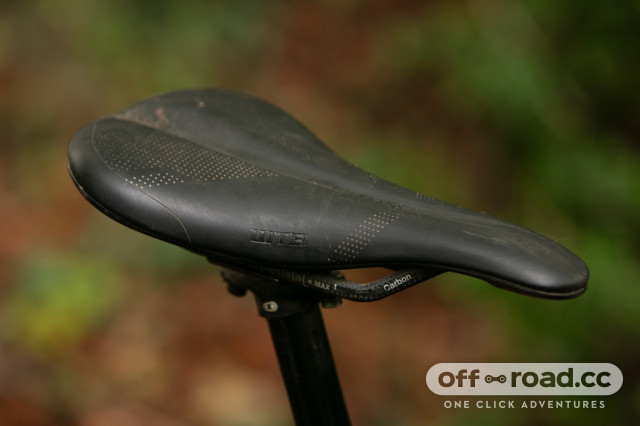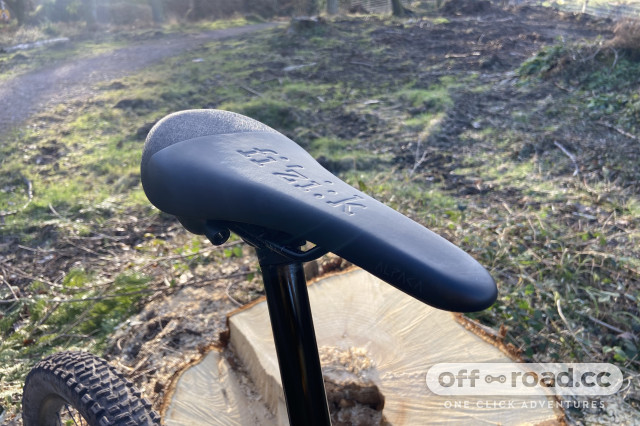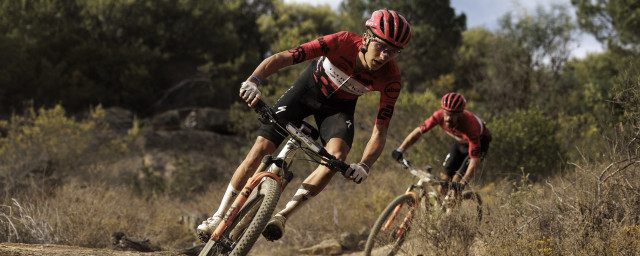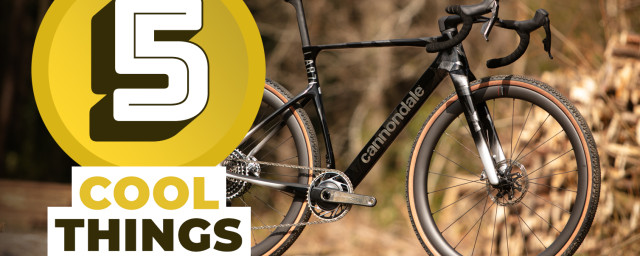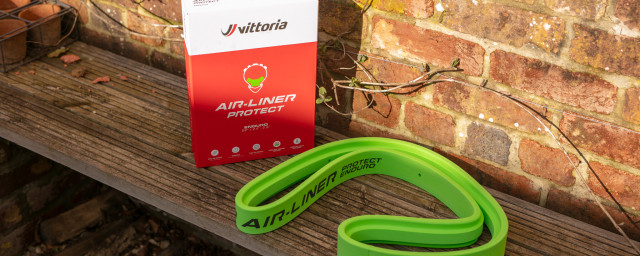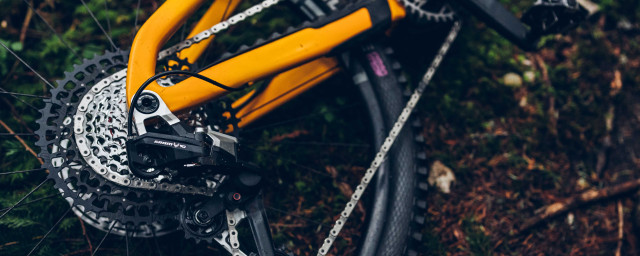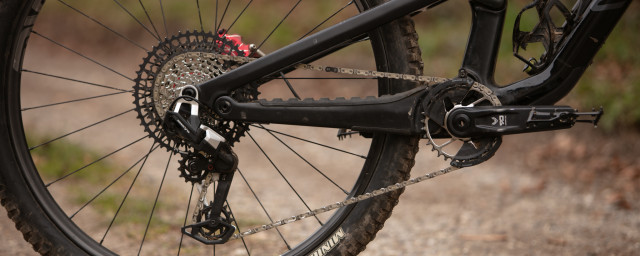Is there a difference between road and mountain bike saddles?

There are three contact points between rider and bicycle and on road and mountain bikes, two look very different, while the third seems very similar. We’re referring to handlebars, pedals and saddles. Those are the key contact points where your hands, feet and body mass go when riding.
- Is big travel necessary for UK trails?
- Tips for beginner mountain bikers
- Best gravel bike saddles 2024 - the best off-road options for going long or short
Road and mountain bikes have very differently shaped and sized handlebars, with drop bars on for road riding and much wider, flatter, uncurved handlebars on mountain bikes.
With pedals, the clipless interfaces and pedal body sizes between road and mountain bikes are wildly different. Nobody rides a performance road bike with flat pedals, but many high-performance trail, enduro and downhill bikes feature large platform flat pedals.
But it's the third contact point, where road and mountain bikes appear very similar but aren’t. Saddles may not be the most intricate component on a road or mountain bike, but they are crucial to rider comfort, sustained peak performance, and even handling confidence on steep and technical terrain.
Let’s explore how saddles differ on road and mountain bikes despite looking when different bikes are parked next to each other at the local coffee stop.
Shaped for speed
Road and mountain bike saddles might look very similar in profile, but if you compare the measurements, you’ll realise that road saddles are longer and narrower.
Saddle design is about supporting dynamic pedalling efforts with the least biokinetic constraints and the best comfort. The thinner and longer saddle allows a road rider to sustain a specific riding cadence and pedal stroke better than a wider mountain bike saddle. For road bike category designers, it’s a simple case of shaping a saddle that creates the best support for intense pedalling.
While many road saddles are flat some feature a small flick at the rear which helps support a rider's position when working hard on the pedals, or when climbing. On a mountain bike saddle, this flick is more pronounced to work to greater effect. Then if you look at an e-MTB saddle, the raised tail can be very noticeable to better support e-mountain bike riders as they ascend the steepest of climbs.
All weather materials and weight
Road riders might venture out in cold and rainy conditions to tally those committed winter training miles, but they don’t ride in mud. By contrast, mountain biking is an unavoidably muddy adventure during winter, creating a more demanding wear coefficient for components, including saddles.
A road bike saddle’s surface material is created to be durable but not quite as robust as a mountain bike’s. Evaluate the table of comparison between road and mountain bike saddles, and you’ll notice that off-road saddles can be heavier. That's because a mountain bike saddle's seat rails and structure are engineered to deal with more impact loading through the terrain.
When you are pedalling up a long climb on a road bike, the riding surface is smooth, and there aren’t any spikes in the load pressure your body places on the saddle. But on a mountain bike, when you're pedalling up a climb, seated, there are small rocks and roots you are rolling over. Each of those creates a spike in body load on the saddle, its supporting rails and padding. This is why mountain bike saddles are slightly overengineered in structure compared to road bike saddles.
Steering with the saddle
One of the most curious bicycle features is the downhill bike saddle. These bikes are never pedalled uphill and hardly ridden seated, yet they have saddles with a particular purpose. And that purpose illustrates another interesting difference between road and mountain bike saddles: descending confidence.
When descending, the best mountain bikers use their saddles as an inner thigh contact point, to help control the bike. It sounds counterintuitive because the saddle is usually in the way of descending confidence (literally), which is why the dropper seatpost was developed and has become widely adopted. But if you analyse footage of the world’s most daring and talented downhill and enduro riders during a race run, you’ll notice how they engage with the saddle to balance and turn the bike.
Although a downhill and enduro bike has its saddle at a strategically low height during a descent, riders use the saddle as a reference point when cornering. It allows them to balance and turn the bike on the limits of its grip by engaging with the saddle’s outer edges with their inner thighs.
Downhill saddles are often only available in a single size, created to be short and wide, with a recess in the tail. But why are downhill-specific mountain bike saddles so small? One reason is that a shorter saddle is less likely to buzz the rear tyre under full suspension compression, which is more extreme in downhill riding than any other category of mountain biking.
Short-travel bikes (120-130mm) will also bottom out their rear suspension on challenging descents, but the wheel travel is too little to risk tyre contact with the saddle. Downhill mountain bikes, with their near motocross levels of rear-suspension travel (200mm+), and traditionally lower saddle heights are a lot more likely to make tyre contact with the saddle under extreme compression.
With more downhill mountain bikes now configured to roll 29-inch wheels, the issue of saddle buzz when landing a big jump or drop has become more prevalent. Another reason downhill saddles are short and wide is to enable thighs and knees as control contact points when riders use their legs to help ‘steer’ and balance the bike in challenging terrain at extreme lean angles.
